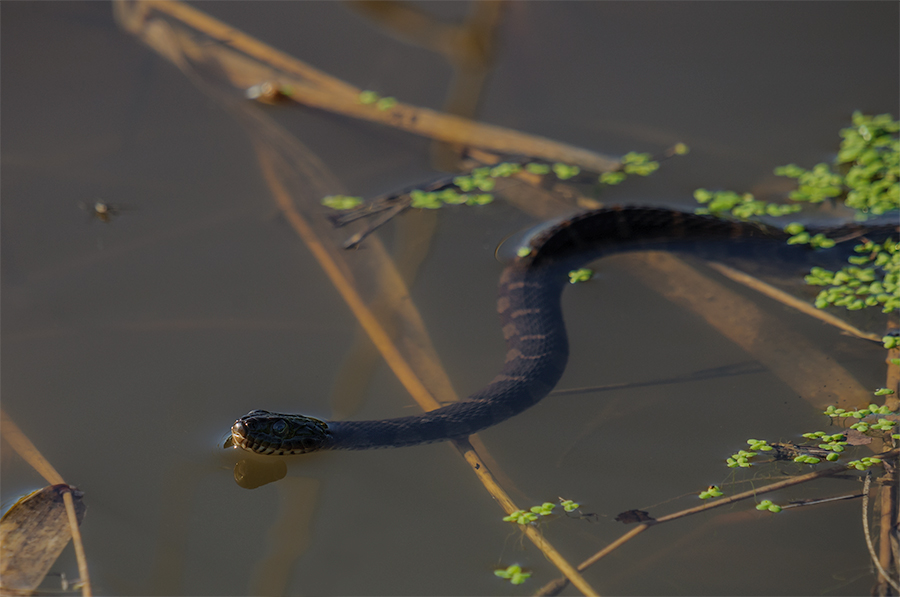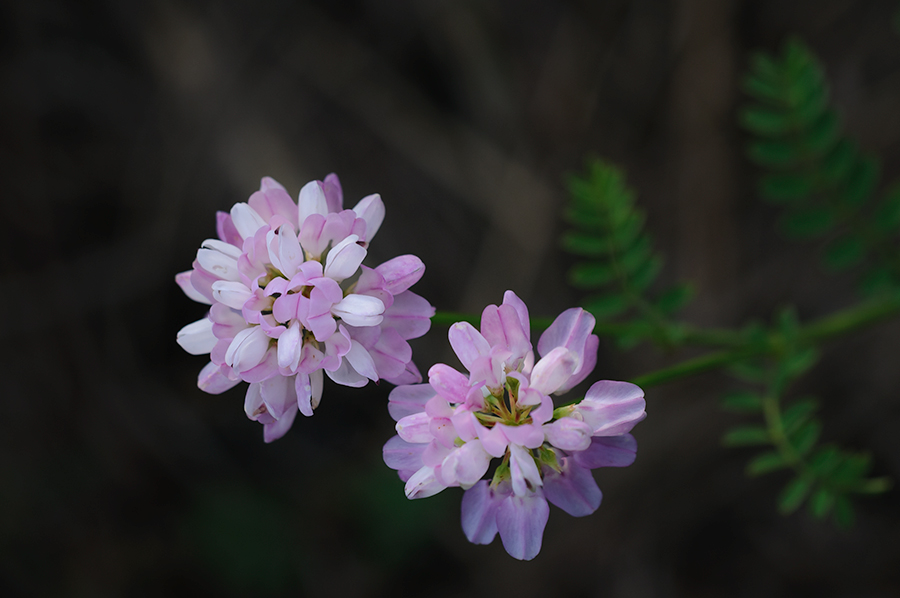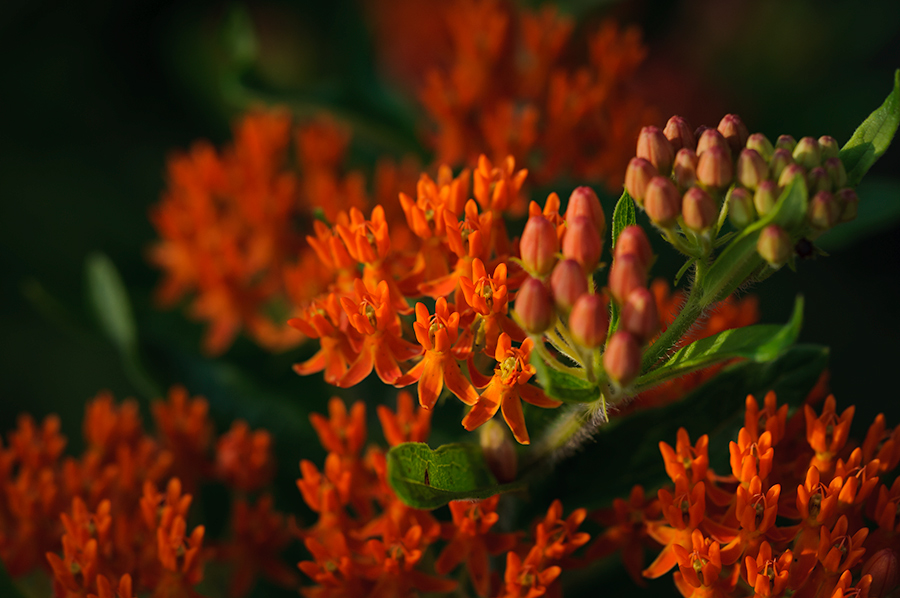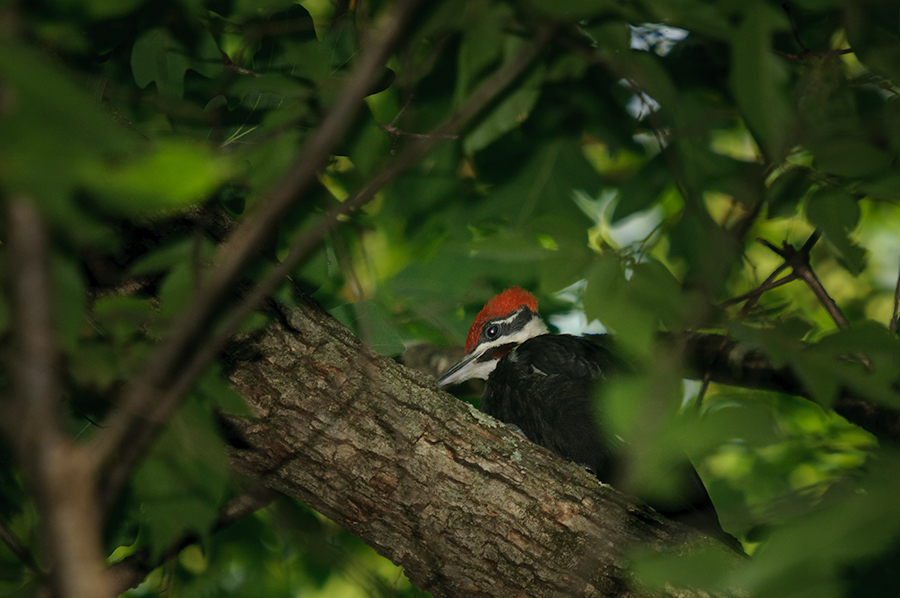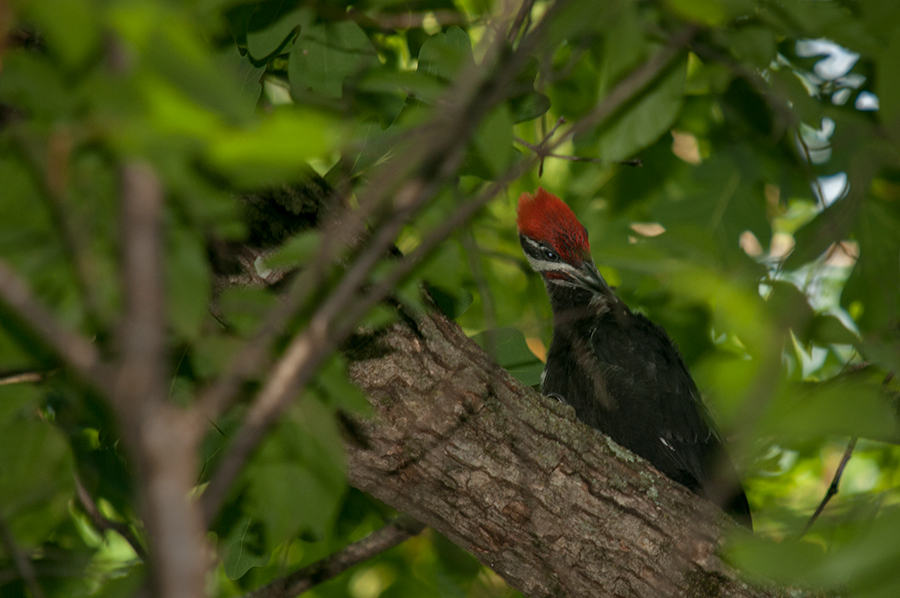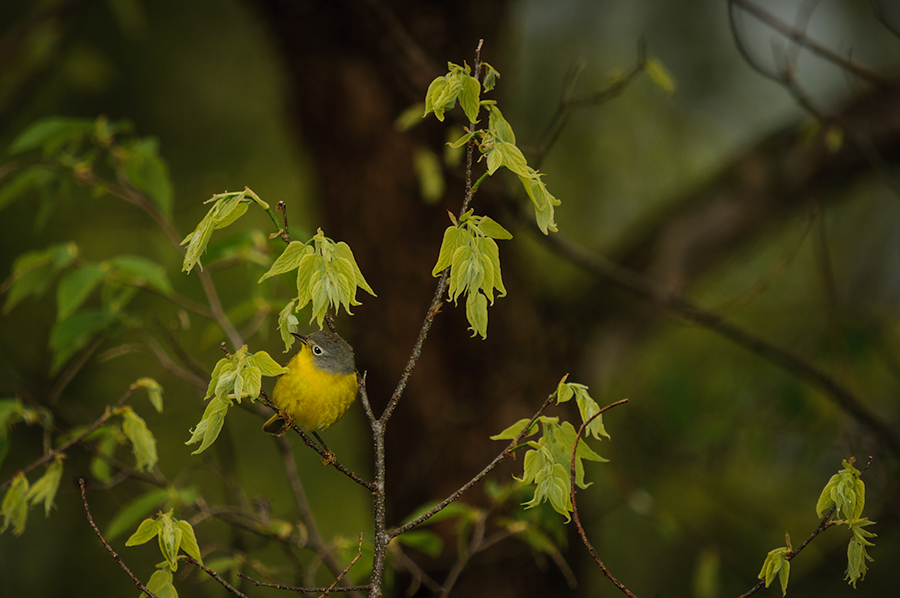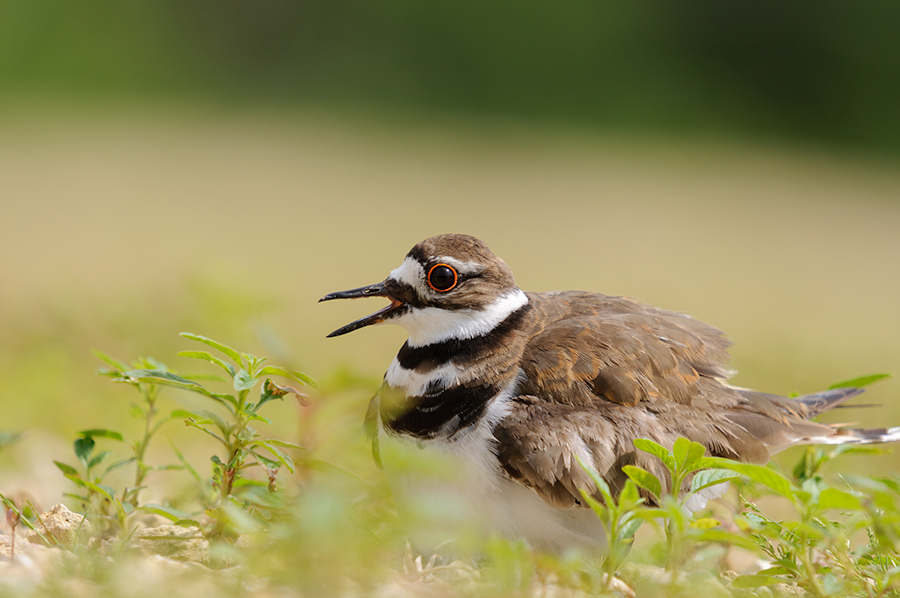
This isn’t my first image of a Killdeer sitting on eggs but it is definitely the one I always wanted to make. Will talk about this later.
This is in a corner of a big parking lot in the Green Island Wetlands but these birds love to lay their eggs there since I started watching them several years ago. It makes me always very nervous watching this, even if the parking lot is not busy this time of the year. It is mainly used for the trucks and boat trailers during the duck hunting season in the fall. However, beside me other people come out there to watch birds or to fish and it is easy to destroy the eggs without even knowing it.
Quiet often one of the adult birds tries to lure you away by running in a different direction or by sitting in an empty spot and pretending to be on the real nest. This one wasn’t moving and when I approached the bird carefully it lifted its body up and I was able to snap a picture and saw at least two eggs underneath the Killdeer.
The key for the photo was to put the belly down on the gravel and support the lens with a foam roll (“boat noodle”) that I use usually as my support on the car window. I remembered that the background was always the biggest problem with my older pictures and I crawled around the bird until I found the position where I acquired a liking for background and direction of light.

